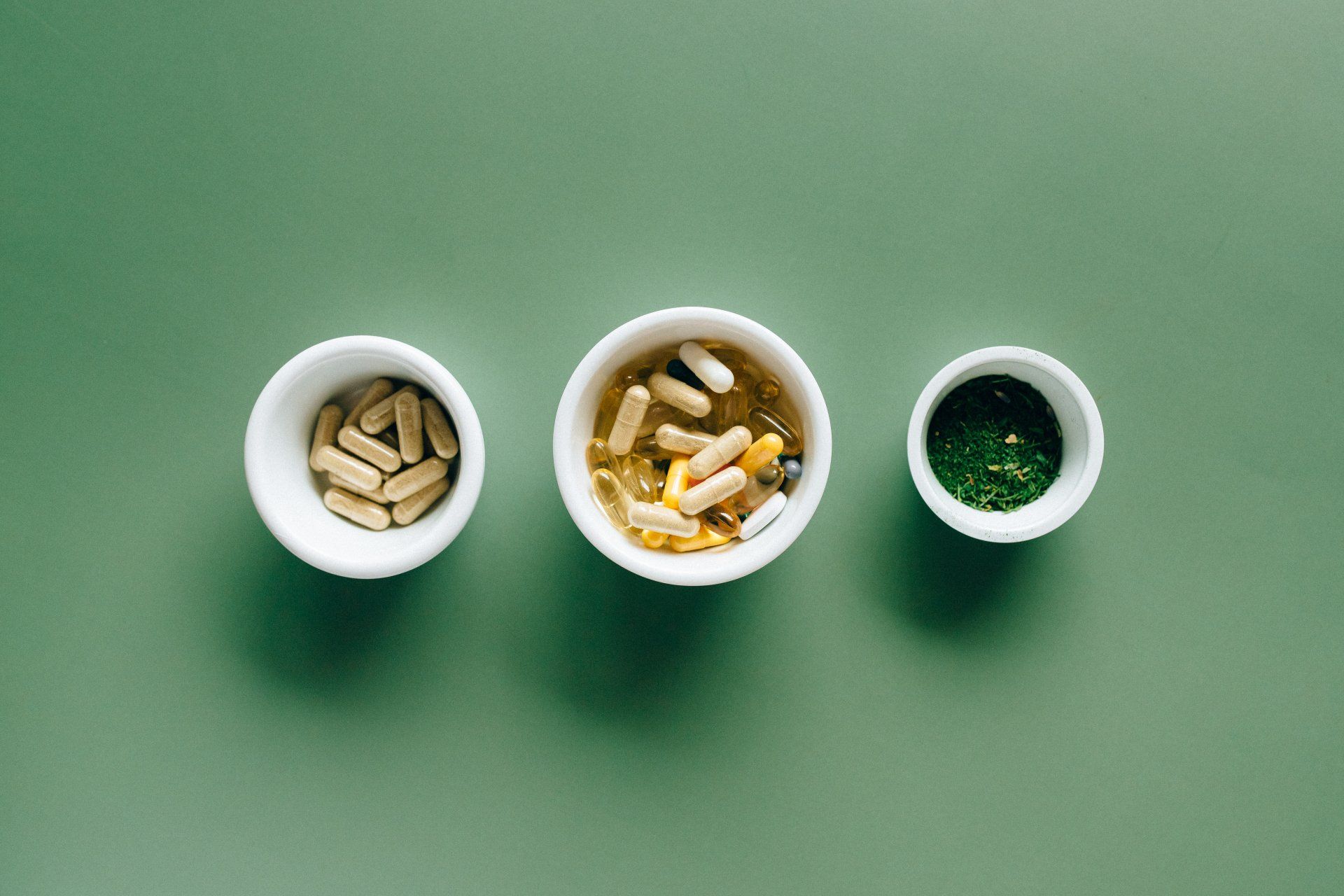What is Heart Disease?
Or is it Cardiovascular Disease?

What is heart disease?
Or is it cardiovascular disease?
Do you have a structural heart problem or a conduction problem?
When it comes to your heart, things can become confusing very quickly.
Heart disease is a broad term referring to a variety of heart conditions.
These conditions can be grouped into several different categories, and these categories can overlap at times:
- Cardiovascular disease
- Congenital structural conditions
- Acquired structural conditions
- Arrhythmias
Cardiovascular disease
Cardiovascular disease is a term referring to conditions that affect the blood vessels.
- Coronary artery disease (CAD) is the blocking or narrowing of the blood vessels supplying blood to your heart. This "hardening" of the vessels can also be called atherosclerosis. CAD can lead to chest pain and heart attacks.
- Peripheral artery disease (PAD) is the blocking or narrowing of the blood vessels supplying blood to your body. PAD can lead to coldness, numbness, weakness, or pain in the hands and feet.
- Stroke is also a form of cardiovascular disease. Blood vessels in your brain either become blocked or burst, leading to a stroke.
Congenital Heart Disease
Congenital heart disease (CHG) refers to problems with the structure of the heart that begins during fetal development. CHD conditions are numerous and include:
- Coarctation of the aorta
- Patent ductus arteriosus (PDA)
- Pulmonary atresia
- Patent foramen ovale
- and many others
Symptoms of congenital heart disease may be present at birth, show up later, or you may never know about them at all.
Acquired Heart Disease
Acquired heart disease refers to problems with the structure of the heart that occur after birth. This term applies to all heart conditions that begin after birth. Because they are developed later in life, cardiovascular diseases are included in this category.
Some more examples of acquired heart disease are:
- High blood pressure (hypertension)
- Rheumatic heart disease
- Endocarditis (an infection of the heart)
- Cardiomyopathy (damage to the muscle of the heart)
Arrhythmias
Arrhythmias are caused by problems with the electrical conduction pathways in your heart. These electrical pathways cause your heart to beat and control the rhythm of your heart. When something blocks the electrical pathways in your heart or causes an extra impulse in the wrong place or at the wrong time, an arrythmia is the result.
An electrocardiogram (ECG or EKG) is the test used to diagnose an arrhythmia. An EKG detects the electrical impulses in your heart and graphs them.
Arrhythmias include:
- Atrial fibrillation (Afib)
- Atrial flutter
- Heart blocks
- Ventricular fibrillation
Summary
The terms heart disease and cardiovascular disease are sometimes used interchangeably, which can lead to confusion. It can be very difficult to keep track of all the terminology associated with heart disease.
Learning more about how your heart normally functions can give you a better understanding of what is going on when you or a loved one receive a heart-related diagnosis.
Eating a heart-healthy diet, exercising for at least 30 minutes most days, and taking your heart medications as prescribed can help you maintain or rebuild your heart's health.
Talk to your cardiologist if you have any questions or concerns about your heart.
Call 9-1-1 if you have chest pain, shortness of breath, dizziness, or fainting. These may be symptoms of a heart attack or some other heart-related condition.
The more you learn about your heart and your heart’s health the more you will be able to maintain a healthy, active life.
Do you have any questions or comments?
Send me an email!
Want more information about the services I provide?
Check out my website or my LinkedIn profile!
Need a medical writer?
Thank you for taking your time to read my blog!
Sources:
Heart Disease: Risk Factors, Prevention, and More (healthline.com
Types of heart disease | Heart and Stroke Foundation
Peripheral Arterial Disease (PAD) | cdc.gov
Heart disease and stroke - Better Health Channel\
Congenital heart disease in adults - Symptoms and causes - Mayo Clinic
Acquired Heart Disease | Boston Medical Center (bmc.org)
Structural Heart Disease > Fact Sheets > Yale Medicine
Heart Conduction Disorders | American Heart Association
Heart arrhythmia - Symptoms and causes - Mayo Clinic











